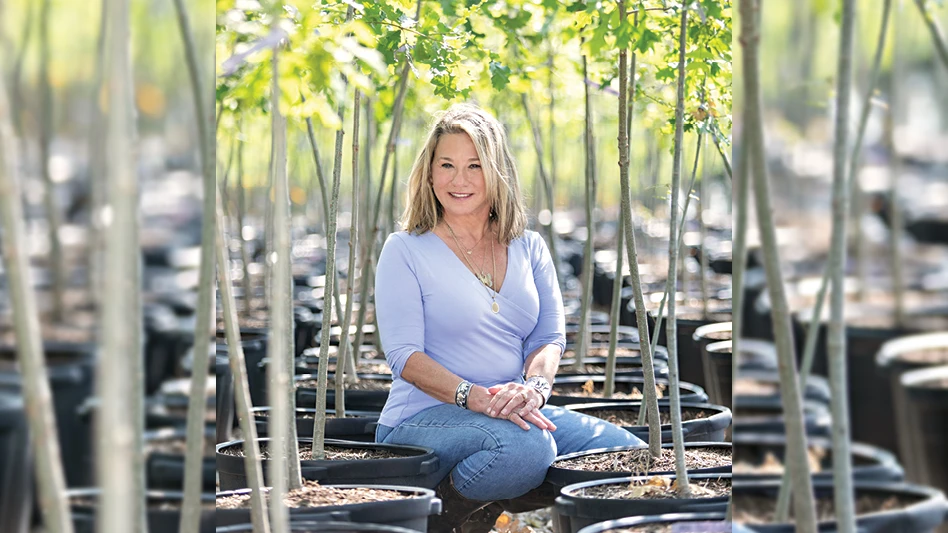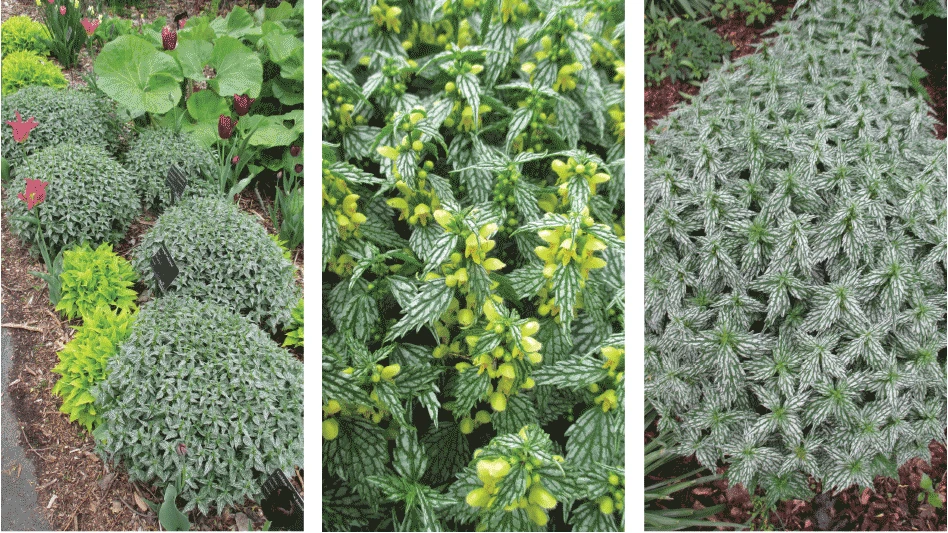
1) Use LED lights that cover the entire plant canopy evenly, at close range. Many LED lights have physical dimensions that are much narrower than a typical 4-foot by 4-foot grow-tray footprint. This means that they must have 12 inches to 24 inches of clearance above the plants to light the canopy evenly, corner to corner. In a vertical setup, that’s a lot of unnecessarily wasted space. The less space between each growth tier, the quicker it is to access each tier. Quicker and easier access means better plant
2) Beware of implementing more than two tiers when first beginning. When you have only two tiers, you can easily stay within local code compliance requirements when it comes to the structural stability of mobile racking systems, as well the rules for worker safety. Unless the tiers are very tightly packed, the line between a second and third tier is the line between ease and difficulty—both in terms of design and functionality. With two tiers of 4 feet to 5 feet each, and the lowest tier raised 1 foot off the ground, access to the second tier can be accomplished with a rolling ladder, whereas three tiers would require a scissor lift. Further, the stratification of temperatures with three tiers starts to require a much more advanced (and expensive) cooling and air movement design.

3) Leave enough space between and around racks for plumbing, air movement
4) In the project’s early design phase, plan for how to manage wastewater. Each municipality is different when it comes to what nutrient waste can go down the drain. Floor drains are the most convenient and inexpensive method of discarding water, but some localities require the nutrient-rich water be treated before being discarded. This will require pumps and
5) Choose strains that are suited for vertical growing. Using strains that produce short plants will avert the possibility of plants overgrowing the space available per tier. These strains should be flowered before they grow too tall during the vegetative growth stage, and should no more than double in height during the first three weeks of the
Jennifer Martin is an award-winning cultivator who specializes in indoor vertical LED system designs. www.marijuanapropagation.com

Explore the April 2018 Issue
Check out more from this issue and find your next story to read.
Latest from Nursery Management
- New book explores plants that thrive in Rocky Mountains
- American Floral Endowment establishes Herman Meinders Memorial Tribute
- These companies are utilizing plastic alternatives to reduce horticultural waste
- NewGen Boxwood added to Proven Winners ColorChoice line
- Terra Nova releases new echinacea variety, 'Fringe Festival'
- American Horticultural Society names winners of 2025 AHS Book Awards
- Nufarm announces unified brand
- American Horticultural Society announces winners of 2025 Great American Gardeners Awards





